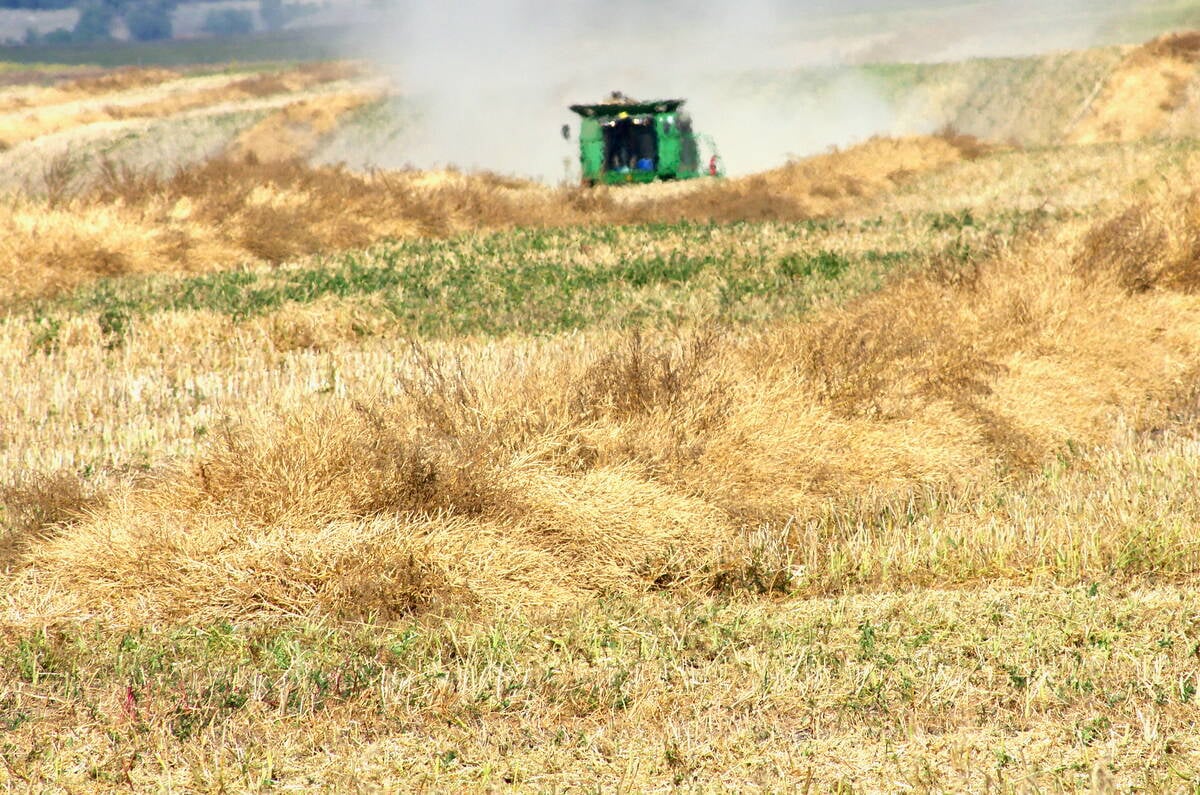KILLAM, Alta. – The canola, oats and barley in the Battle River Research Group’s Killam plots are tall, lush and green.
“It looks like it’s off to a great start,” said research group manager Alvin Eyolfson, surveying the rows of research plots that will eventually help farmers choose a suitable variety for their farms.
What a difference a year makes.
This time last year, Eyolfson stood in the same field and made the decision to destroy the canola plots after the worst drought in 133 years shriveled millions of acres of crop across the Prairies.
Read Also

Manitoba searches for Plan B on canola oil exports
A new report explores Manitoba’s current canola oil trade and possible alternative markets to the U.S.
“The germination was too uneven and there was no hope for any harvestable yield,” said Eyolfson of last year’s crop.
The 160-acre canola field surrounding the plots was no different.
Killam farmer Darrell Holmstrom had to write off the crop and reseed the field to cereals in hopes of salvaging some greenfeed for his cattle.
This year his crops look promising.
“Everything this year looks good,” said Holmstrom.
Doon Pauly, crop specialist with Alberta Agriculture’s Ag-Info Centre in Stettler, said crops around the province are growing well.
Recent rains have helped and except for a few pockets in the northeast and south of Lloydminster, the crops are generally good.
The canola is starting to flower, wheat is heading and farmers have begun their first cut of hay.
“The crops are just growing really well,” Pauly said.
This time last year, farmers were well into a month-long heat wave.
Many were figuring out how they could salvage a thin, stunted crop that had already stopped growing.
At the same time, the Alberta government announced its drought aid package and eastern farmers began shipping hay west to hard hit prairie farmers.
This year is a different story.
Grasshopper eggs have started to hatch and there are more insects in the fields, but farmers are willing to spend the money to save their crop.
“They have a crop worth saving,” said Pauly.














